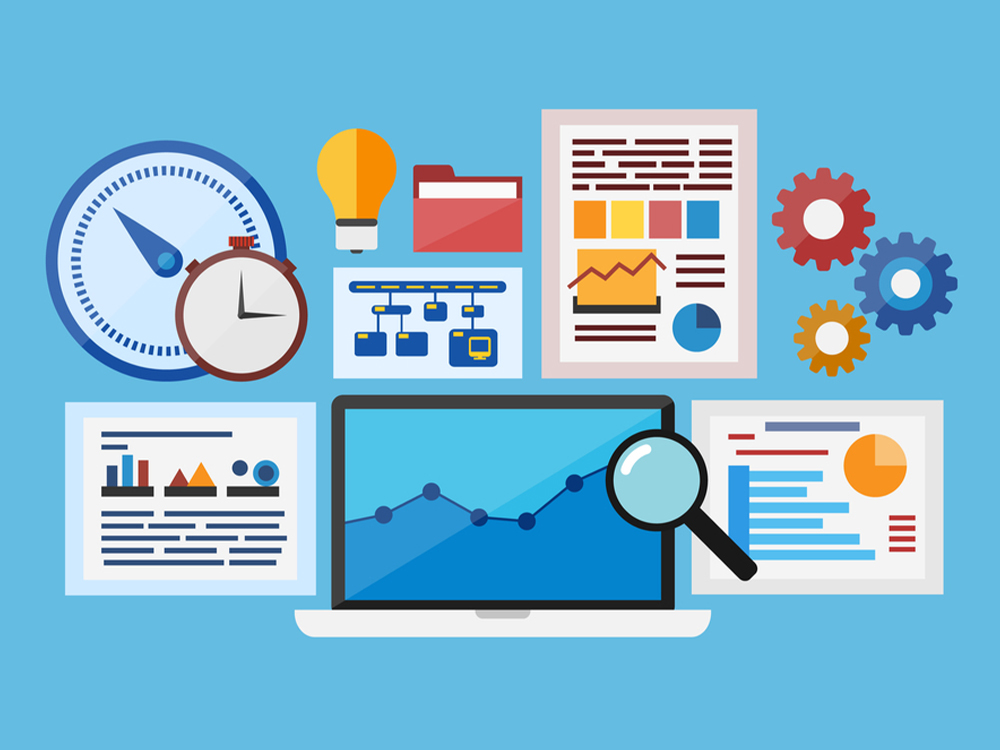In today’s data-driven business landscape, predictive modeling has emerged as a powerful tool for businesses to gain insights, make accurate predictions, and optimize their strategies. By harnessing advanced techniques and staying abreast of future trends, businesses can unlock the full potential of predictive modeling. In this comprehensive article, we will explore the various predictive modeling techniques, delve into best practices for implementation, discuss emerging trends, and highlight the future of predictive modeling.
Exploring Predictive Modeling Techniques
Predictive modeling encompasses a range of techniques that enable businesses to leverage historical data to make informed predictions and decisions. Let’s explore some of the key techniques and their applications:
1. Classification Model
Classification models are widely adopted across industries for their ability to analyze data and provide detailed insights. These models can be customized and retrained with current data, allowing businesses to build appropriate solutions. For example, in the banking and retail sectors, classification models help in customer segmentation, fraud detection, and personalized marketing strategies.
2. Clustering Model
Clustering models group data based on common characteristics, facilitating data classification and segmentation. Hard clustering assigns data points to specific clusters, while soft clustering assigns probabilities to each data point. By leveraging clustering models, businesses can plan targeted marketing campaigns, identify customer segments, and optimize resource allocation.
3. Outliers Model
Outliers models are designed to detect anomalous data within a dataset. They help identify abnormalities, which can be crucial in industries like retail and finance where detecting anomalies can save businesses significant amounts of money. Outliers models are particularly efficient in fraud detection and can quickly identify unusual patterns or behaviors.
4. Forecast Model
Forecast models analyze historical data to predict future trends and make valuable projections. They are widely used across industries such as call centers, where they predict support call volumes, and retail, where they forecast inventory for sales periods. By utilizing forecast models, businesses can optimize their operations, manage resources effectively, and make data-driven decisions.
5. Time Series Model
Time series models analyze datasets where the input parameter is time sequences. These models utilize historical data to predict trends within specific time periods, considering factors like seasons or periodical variations. Time series models are instrumental in tracking how variables change over time, making them valuable in industries such as finance, weather forecasting, and sales forecasting.
Best Practices for Implementing Predictive Modeling Techniques

Implementing predictive modeling techniques requires careful consideration and adherence to best practices. Let’s explore the essential steps for successful implementation:
1. Data Preparation
Data preparation is the foundation of effective predictive modeling. Ensure your data is clean, relevant, and representative of the problem at hand. Handle missing values, remove outliers, and normalize data to optimize its quality. Feature engineering, which involves selecting relevant variables and creating new features, plays a crucial role in enhancing predictive performance.
2. Model Selection and Evaluation
Choosing the right model is critical for accurate predictions. Consider the nature of your data, the complexity of the problem, and the interpretability of the model. Evaluate the performance of your model using appropriate metrics such as accuracy, precision, recall, and mean squared error. Techniques like cross-validation provide robust estimates of a model’s performance on unseen data.
3. Optimization Strategies
Optimizing your predictive models can significantly improve their effectiveness. Fine-tune hyperparameters using methods like grid search, random search, or Bayesian optimization. Employ techniques like regularization to prevent overfitting and ensure generalizability. Continuously monitor and update your models as new data becomes available to maintain their relevance and accuracy.
4. Interpretability and Transparency
In many industries, the interpretability and transparency of predictive models are paramount. Develop models that provide understandable explanations for their predictions. Techniques like rule-based models, feature importance analysis, and local interpretable model-agnostic explanations (LIME) can enhance interpretability. This helps build trust with stakeholders and ensures compliance with regulations.
5. Continuous Learning and Improvement
Predictive modeling is an ongoing process. Regularly update and retrain your models to incorporate new data and evolving trends. Embrace a culture of continuous learning and improvement, fostering collaboration between data scientists, domain experts, and business stakeholders. Leverage feedback from model performance and user insights to refine your models and drive better results.
Emerging Trends and the Future of Predictive Modeling

The field of predictive modeling is constantly evolving, driven by advancements in technology and the increasing availability of data. Let’s explore the emerging trends and future directions that are shaping the future of predictive modeling:
1. Advancements in AI and Machine Learning
Artificial intelligence (AI) and machine learning (ML) are revolutionizing predictive modeling. With vast amounts of data and powerful computing resources, AI and ML techniques are enabling the development of more sophisticated algorithms. Deep learning, a subset of ML, has shown remarkable success in various domains. Integration of AI and ML into predictive modeling leads to improved accuracy, enhanced pattern recognition, and better decision-making capabilities.
2. Automated Feature Engineering
Traditionally, feature engineering required manual efforts and domain expertise. However, automated feature engineering techniques are gaining momentum. Genetic programming and neural architecture search are automating the generation, selection, and optimization of features. These automated methods save time, improve efficiency, and boost the predictive performance of models.
3. Explainable AI
As predictive modeling becomes more prevalent, there is a growing need for transparency and interpretability. Explainable AI focuses on developing models and algorithms that can provide understandable explanations for their predictions. This allows businesses to gain insights into the factors driving predictions, understand the decision-making process, and build trust with stakeholders.
4. Integration of Big Data Analytics
The explosion of big data has opened up new possibilities for predictive modeling. Big data analytics involves processing and analyzing large volumes of structured and unstructured data to extract valuable insights. Predictive models can leverage big data to identify hidden patterns, trends, and correlations. Integrating big data analytics with predictive modeling enables businesses to make more accurate predictions, uncover valuable insights, and gain a competitive edge.
5. Real-time Predictive Modeling
In today’s fast-paced business environment, real-time decision-making is crucial. Real-time predictive modeling analyzes streaming data to provide instant predictions. This capability is valuable in dynamic domains like financial markets, supply chain management, and cybersecurity. Real-time models enable businesses to respond promptly to changing conditions, optimize operations, and detect anomalies or risks in real-time.
Conclusion
Predictive modeling techniques have proven to be a game-changer for businesses across various industries. By implementing classification models, clustering models, outliers models, forecast models, and time series models, businesses can harness the power of data to make informed decisions and drive success. It is essential to follow best practices in data preparation, model selection, optimization, interpretability, and continuous learning to ensure the effectiveness and relevance of predictive models.
As the field of predictive modeling continues to advance, emerging trends like AI advancements, automated feature engineering, explainable AI, big data analytics, and real-time modeling are shaping the future. By embracing these trends and staying at the forefront of technological advancements, businesses can unlock new opportunities, gain a competitive edge, and achieve remarkable results.
Ready to unlock the power of predictive modeling for your business? Take the next step towards data-driven success: Contact us today at aidatahouse.com to embark on your journey towards optimized strategies, accurate predictions, and enhanced business performance.
Now is the time to unleash the power of predictive modeling and harness the full potential of your data. Contact Aidatahouse today and embark on a journey towards data-driven success. Together, we can optimize your strategies, predict future trends, and pave the way for a prosperous future in today’s dynamic business landscape.










